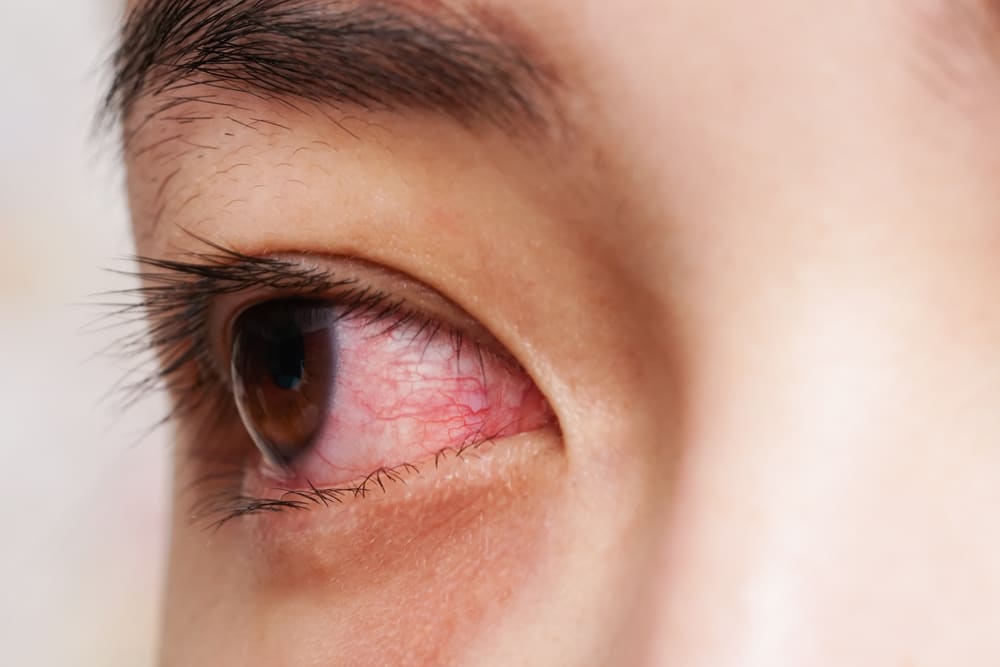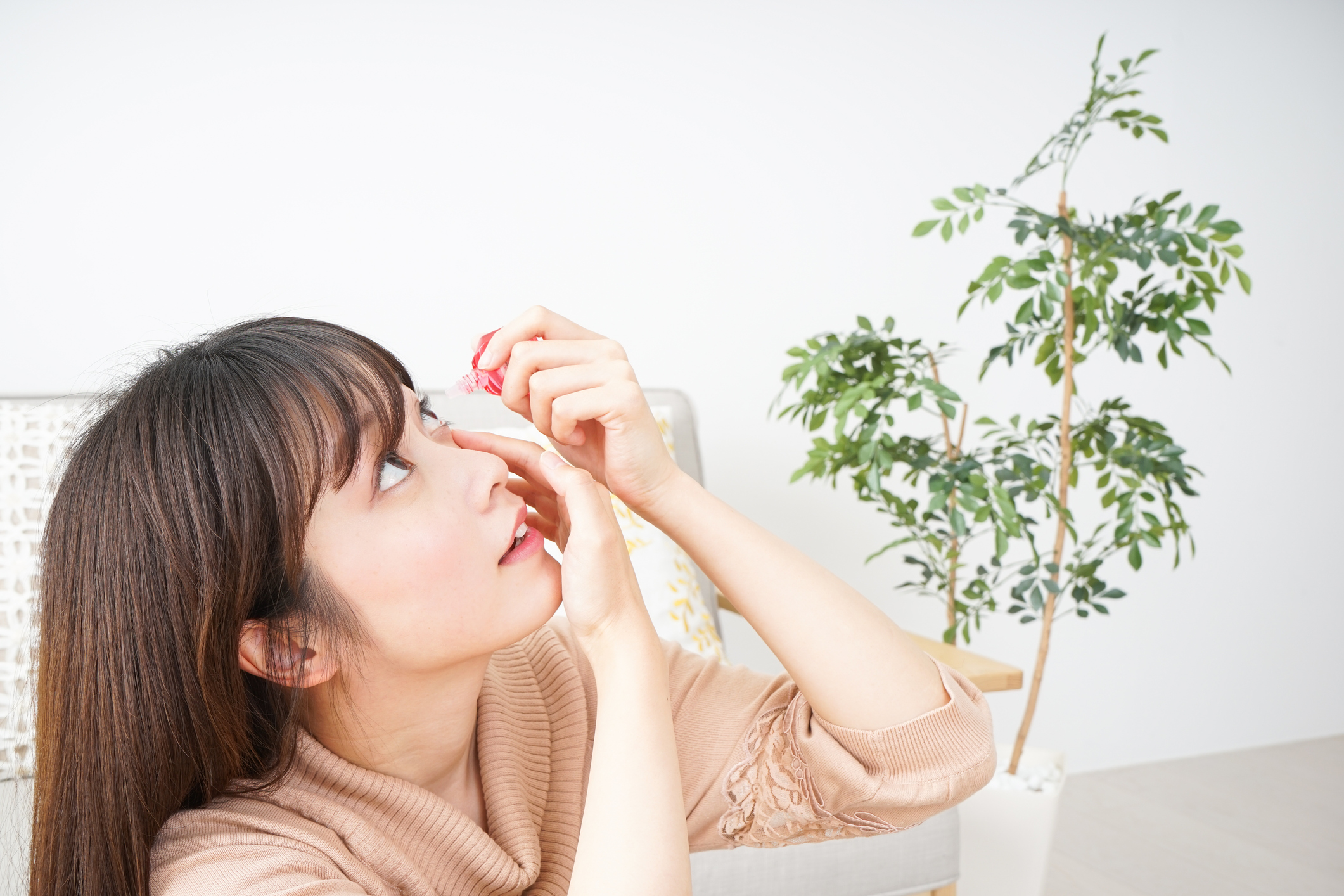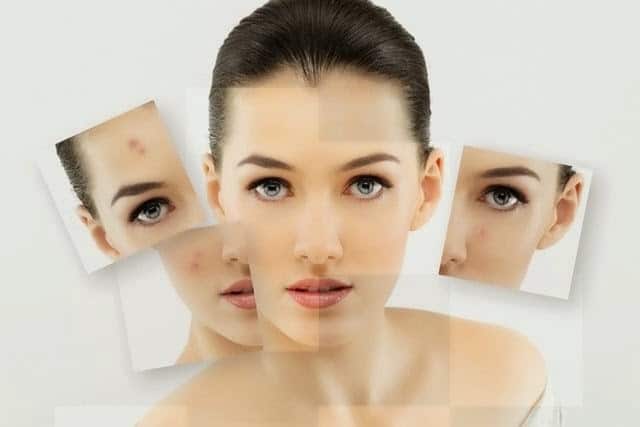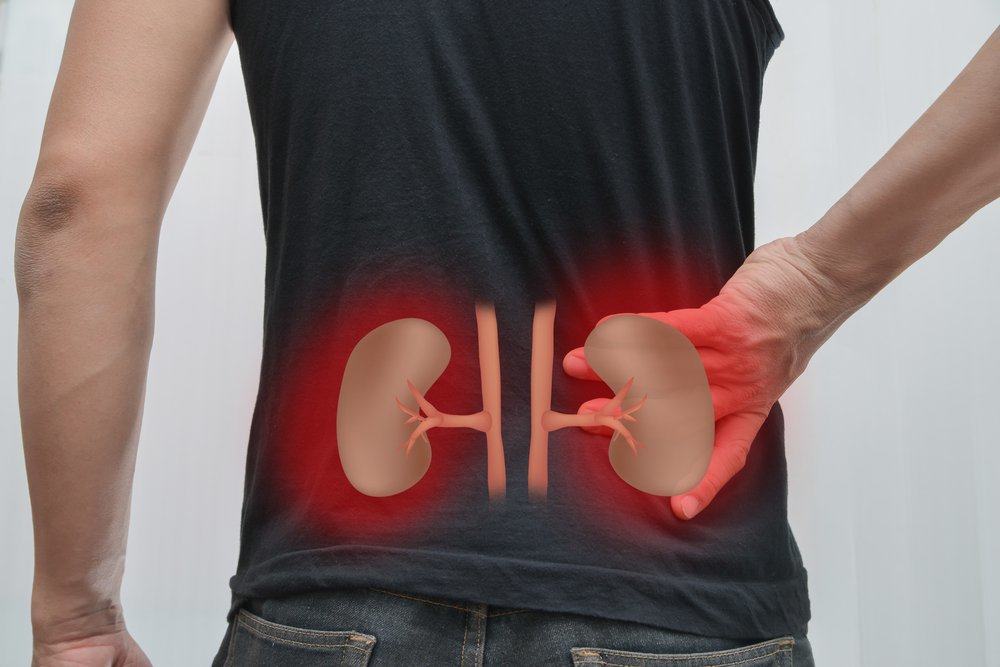Contents:
- Medical Video: 10 Warning Signs Your Heart Isn't Working Properly
- What causes red spots on the eyes?
- Other causes of bleeding in the eye
- 1. Episcleritis
- 2. Sickle cell anemia
- 3. Pinguecula
- 4. Conjunctival hemangioma
- 5. Pterygium
- 6. Tumor or cancer growth
Medical Video: 10 Warning Signs Your Heart Isn't Working Properly
When you look in the mirror, have you ever found something unusual happening to your eyes? For example, when you find the presence of red spots on the eyes and colored like blood, of course you become afraid and guess what exactly is happening to your eyes. Read the following reviews to find out what are the possible causes of red spots on the eyes.
What causes red spots on the eyes?
The appearance of red spots on the eye is most likely caused by the rupture of small blood vessels that are under the conjunctiva, or clear and thin layers that cover the front of the sclera (the white part of the eye). In medical terms, this condition is called subconjunctival bleeding.Subconjunctival bleeding is usually not a serious problem, because it tends not to cause pain or changes in vision. Generally, you will only feel itching in the eyes.
Most red spots on the eyes are caused by high pressure in the eyes. This is likely to occur when you sneeze or cough that is too strong, vomiting, habit of rubbing your eyes too hard, trauma (injury), lifting heavy loads, the effects of using contact lenses, diabetes, hypertension, or blood clotting disorders.
If subconjunctival bleeding does not improve in two weeks or is accompanied by other bleeding symptoms such as easy bruising, bleeding gums, or both, then immediately ask a doctor for further treatment.
Other causes of bleeding in the eye
Although there are some signs of red spots on the eyes that are harmless, there are some conditions that you need to consult with your doctor to find out the exact cause.
1. Episcleritis
Episcleritis is a disorder of acute inflammation of the episklera, a thin tissue between the conjunctiva and sclera. This inflammation causes your eyes to look red and irritated. There are two types of episcleritis, including:
- Simple episcleritis: the most common type of episcleritis. The red part of the eye can be only partially or completely, enderung is mild and quickly lost, and has minimal eye discomfort.
- Nodular episcleritis: advanced symptoms of simple episcleritis with the appearance of a bulge in one area of the eye causing discomfort.
Although most episcleritis cases will disappear on their own, about one third of other cases can be associated with inflammatory problems in other parts of the body.
2. Sickle cell anemia
Sickle cell anemia or sickle cell anemia is one of the hereditary blood disorders characterized by chronic anemia. This disease makes the blood cells that should be round and flexible become crescent and hard. As a result, transport of hemoglobin and oxygen throughout the body is disrupted.
People who experience sickle cell anemia usually have coma or line red spots on the eyeball. This is because the shape of the sickle in the red blood cells makes the blood vessels become blocked, and continues until there is bleeding in the eye.
In addition, sickle cell anemia also causes the growth of new blood vessels in the retina. However, these blood vessels tend to be weak, causing retinal detachment, which is when the retina detaches from the supporting tissue.
3. Pinguecula
Pinguecula is a thickening condition of the tissue that lines the outside of the eye, usually tends to be yellow and slightly protruding at the conjunctiva. You tend to be unaware when you experience this condition. However, when you are in the sun for too long and are exposed to the wind, you will feel inflammation in the eyes with symptoms of red spots and swelling.
Well, this inflammation is called pinguecula. This condition is probably caused by high UV radiation from the sun or chronic irritation due to exposure to wind and dust.
4. Conjunctival hemangioma
Conjunctival hemangioma is a vascular defect that occurs in the white part of the eye. Conjunctival hemangiomas are usually harmless, but some people feel uncomfortable because they tend to worsen the appearance of the eyes. If it is feared that it will be more dangerous, you can consult a doctor for surgery to remove the red spots.
5. Pterygium
Pterygium is the growth of pink fleshy tissue in the conjunctiva, usually starting from the condition of the pinguecula. The pterygium is formed on the side of the eye closest to your nose and grows towards the pupil. This growing meat may remain small or enlarge to cover the cornea of the eye. If you have reached that stage, this condition can affect your vision and make your eyes blurry.
Pterygium is probably caused by a combination of dry eyes with exposure to wind, dust, and UV light from the sun. As a precautionary measure, protect your eyes with sunglasses to avoid exposure to UV rays and dust.
6. Tumor or cancer growth
Keratoacanthoma, actinic granuloma, and conjunctival epithelium are among the more serious developments in red spots. If you find certain tissue growth in your eyes, immediately check with your doctor to find out the exact cause.













